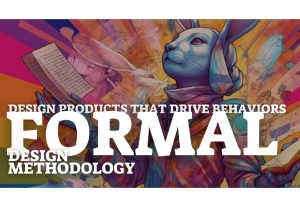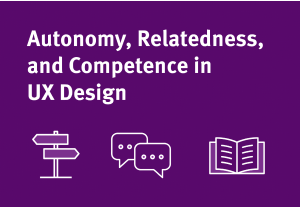- Design, Design Theory, Personal and Professional Development
I’m ashamed to call myself a designer.
Article by Circ Cular
8 Reasons Why Design Is Dead (And How We Can Revive It)
- This article discusses the harmful effects of design in the tech industry, including its impact on our well-being and society. It emphasizes the need for ethical design, mental health prioritization, and genuine human connections.
Share:8 Reasons Why Design Is Dead (And How We Can Revive It)
Share this link
- June 22, 2023
18 min read







